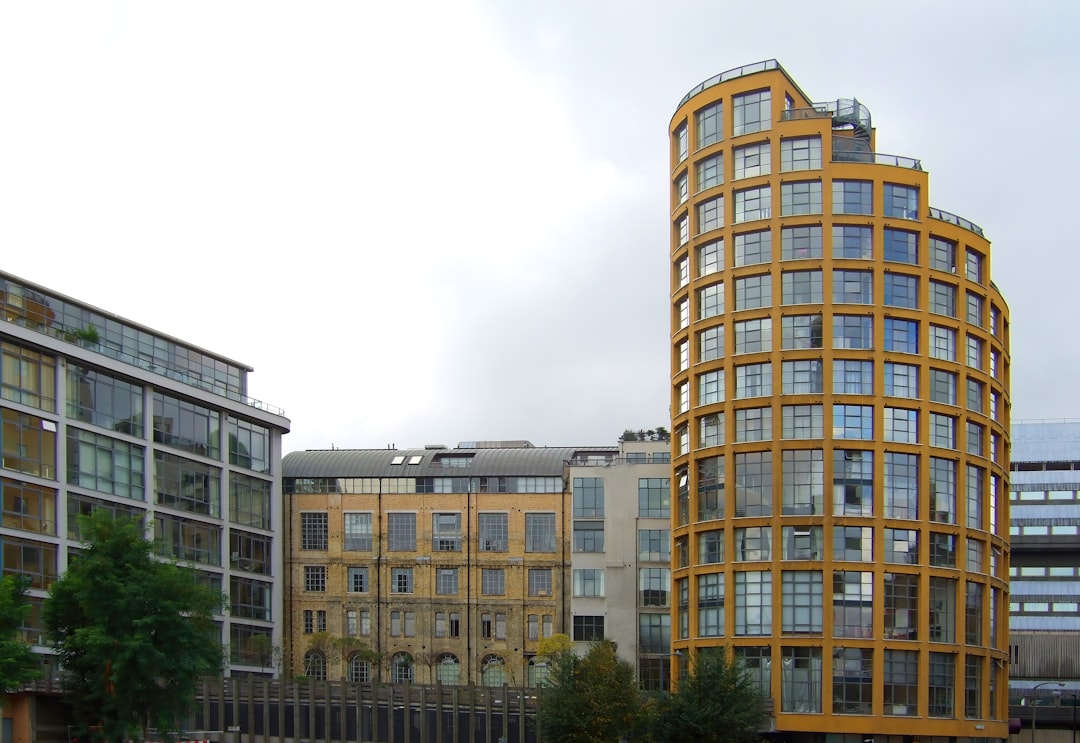What is it about?
In communities with multi-layered identities, it may be possible to identify the various cultural strands but it can be much more difficult to work out how these strands relate to each other, and in particular, how they were perceived by the inhabitants of the communities in question and what they signified in terms of cultural identity. A recent study of Roman culture has suggested the linguistic model of code-switching as a possible model for interpreting cultural identities, arguing that the ability to switch between different cultural idioms can be used to display and reinforce different aspects of multiple cultural identities, depending on context. This paper examines this issue by analysing the inscriptions and iconography of funerary monuments from three contrasting areas of Italy where multiple cultural groups came into contact: North-east Italy, Picenum and Campania. These monuments allow us to examine both visual and linguistic identities, and by considering this evidence in the wider context of other changes to local culture, we may be able to reach some conclusions about the level of intent behind the cultural symbols used. It may also give some insight into how different cultural elements were perceived, and how they were manipulated to create cultural dialogues as well as establishing cultural identities. In particular, it may also allow us to examine the group identities of particular sub-groups within these societies.
Featured Image
Read the Original
This page is a summary of: Language and Iconography: The Identity of Sub-Groups in Italian Funerary Monuments, HEROM, December 2013, Leuven University Press,
DOI: 10.11116/herom.2.6.
You can read the full text:
Contributors
The following have contributed to this page










